What is tank mounted compressor?
Introduction
In the world of industrial equipment and machinery, compressed air is often considered the lifeblood of many processes. From manufacturing plants to construction sites, compressed air powers a wide array of tools and equipment, making it an indispensable resource. To efficiently harness this power, the use of tank-mounted compressors has become increasingly prevalent. In this article, we will delve into the concept of tank-mounted compressors, their benefits, applications, and why they have become a popular choice in various industries.
Understanding Tank-Mounted Compressors
A tank-mounted compressor, as the name suggests, is an air compressor that is mounted on a storage tank. It's a compact and integrated system designed to produce compressed air and store it in a reservoir for later use. This setup offers several advantages over standalone compressors and has found favor across numerous industries.
Advantages of Tank-Mounted Compressors
Consistent Air Supply: One of the most significant advantages of tank-mounted compressors is their ability to provide a steady supply of compressed air. By storing compressed air in a tank, these systems can compensate for fluctuations in demand, ensuring a constant flow of air to power tools and equipment. This helps maintain productivity and efficiency in various applications.
Reduced Energy Consumption: Tank-mounted compressors are designed to operate in cycles. They fill the tank when the air pressure drops below a certain level and stop when the tank reaches its capacity. This cycling operation can lead to reduced energy consumption compared to continuous running compressors, resulting in cost savings over time.
Space Efficiency: Space is often at a premium in industrial settings. Tank-mounted compressors are compact and take up less floor space compared to standalone compressors with separate storage tanks. This space-saving design allows for more flexible installation options, making them suitable for tight or confined workspaces.
Lower Noise Levels: Compressors can be noisy, which can be a significant concern in both industrial and commercial environments. Tank-mounted compressors tend to be quieter than their standalone counterparts because the tank acts as a natural sound barrier, reducing noise pollution in the workplace.
Improved Air Quality: The tank acts as a reservoir for compressed air, allowing for better moisture separation and filtration. This results in cleaner, drier air, which is crucial for applications where air quality is a concern, such as painting, pneumatic tools, and food processing.
Unlocking the Benefits of Higher Steel Fiber Density: What You Need to Know
Top Quality Stainless Steel Blind Flanges Available Now - Shop the Best Deals!
Loader bucket teeth: The key to efficient earthmoving operations?
Revolutionizing Construction with Polymer Concrete Fiber Innovation
Unlocking the Top Secrets of Spiral Bevel Gears: Everything You Need to Know
Ultimate Guide to Excavator Attachments for Maximum Efficiency
Revolutionizing the Future of Mining Equipment: Are heavy-duty gears the key to efficiency?
Applications of Tank-Mounted Compressors
Tank-mounted compressors find applications in a wide range of industries and settings, owing to their versatility and efficiency. Some common applications include:
Construction: Tank-mounted compressors are frequently used on construction sites to power pneumatic tools like nail guns, jackhammers, and paint sprayers. Their portability and robustness make them ideal for outdoor and rugged environments.
Manufacturing: In manufacturing plants, these compressors are used to operate various production machinery, from CNC machines to conveyor systems. Their ability to deliver a consistent air supply ensures uninterrupted production processes.
Automotive Repair: In auto repair shops, tank-mounted compressors are essential for operating air tools like impact wrenches, sandblasters, and spray guns. Their compact design makes them suitable for small garages with limited space.
Agriculture: Farming equipment often relies on compressed air for tasks such as inflating tires, powering pneumatic seeders, and operating livestock handling systems. Tank-mounted compressors are practical choices for agricultural applications.
Medical and Dental: Tank-mounted compressors play a critical role in providing clean, compressed air for medical and dental equipment. They ensure the reliability and sterility required in healthcare settings.
Food Processing: Compressed air is used extensively in the food processing industry for tasks like packaging, conveying, and mixing. Tank-mounted compressors help maintain the highest standards of air quality in food production facilities.
Woodworking and Carpentry: Woodworkers and carpenters rely on tank-mounted compressors to operate sanders, nail guns, and other pneumatic tools. The consistent air supply contributes to precise and efficient woodworking.
Conclusion
Tank-mounted compressors are a vital component in many industries, providing a reliable source of compressed air for a wide range of applications. Their compact design, energy efficiency, and ability to maintain consistent air pressure make them a preferred choice for various tasks. As industries continue to evolve and demand for compressed air grows, tank-mounted compressors are likely to play an even more prominent role in enhancing productivity and efficiency across different sectors. Whether on a construction site, in a manufacturing facility, or a healthcare setting, tank-mounted compressors have proven themselves to be a breath of fresh air in more ways than one.
Revolutionize Your Warehouse with an Automated Pallet Flipper
Weir Type Diaphragm Valve: A Reliable Solution for Flow Control
Plug Valves: Versatile Flow Control Solutions
The Advantages of Overhead Conveyor Bearings in Industrial Automation
Drum Gear Coupling: The Backbone of Efficient Power Transmission
What is a waste heat recovery boiler and how does it work?
Steel Braided Hydraulic Hose: The Strong and Reliable Solution
Related Articles
-
The Ultimate Guide to Lamination Welding: A Comprehensive Overview
-
What is the difference between angular contact bearing and ball bearing?
433
0
0
-
Tips for Selecting the Right Slurry Pump Based on Particle Size and Concentration
422
0
0
-
Key Features and Benefits of Gate Valve
378
0
0
-
Key Features and Benefits of Belleville Washers
392
0
0

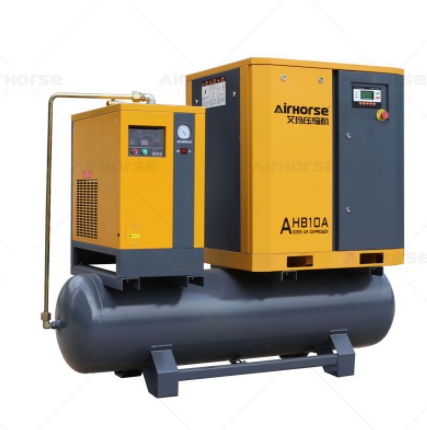
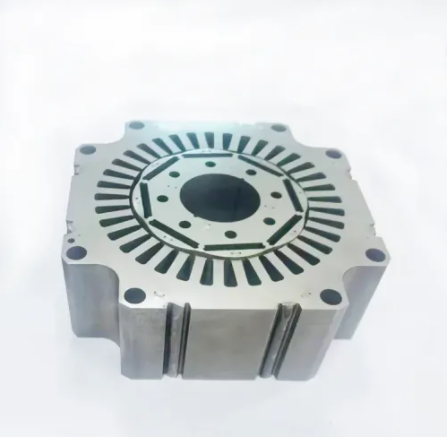
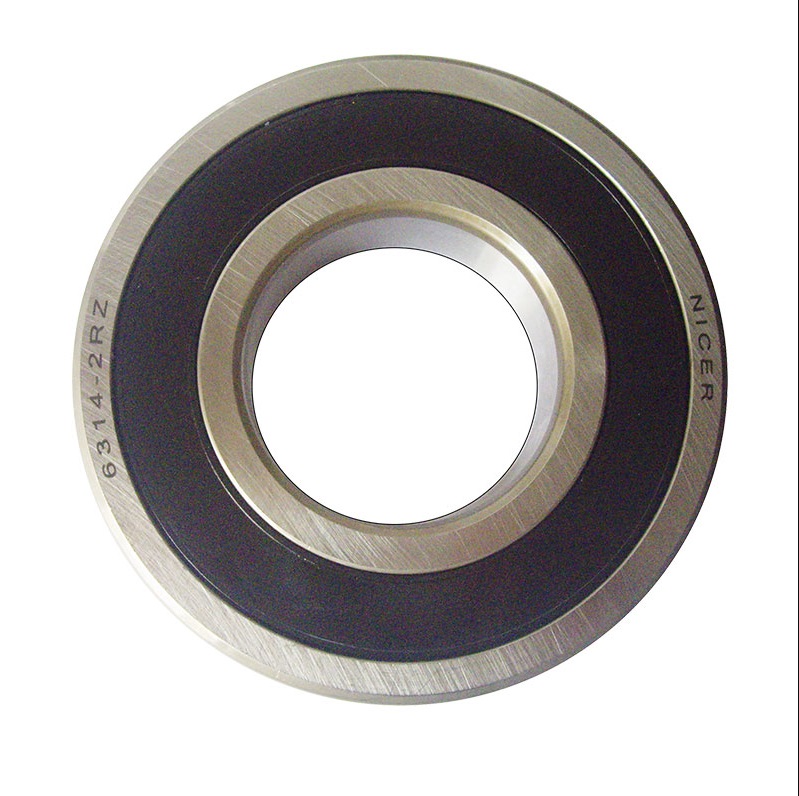
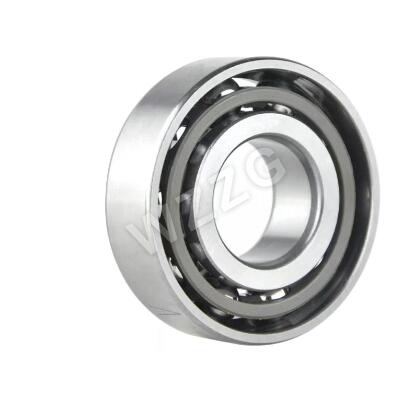
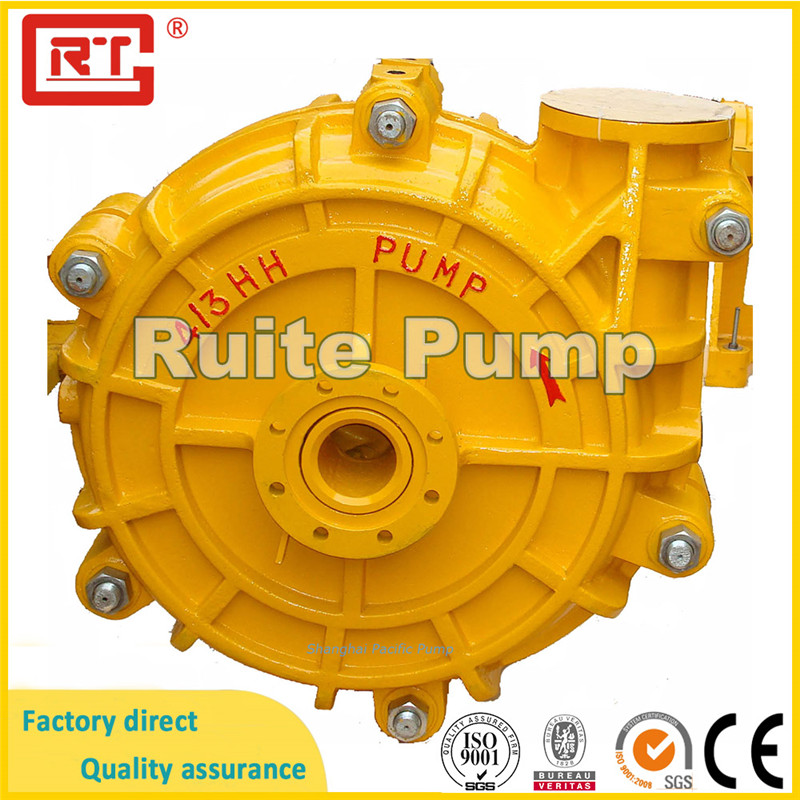
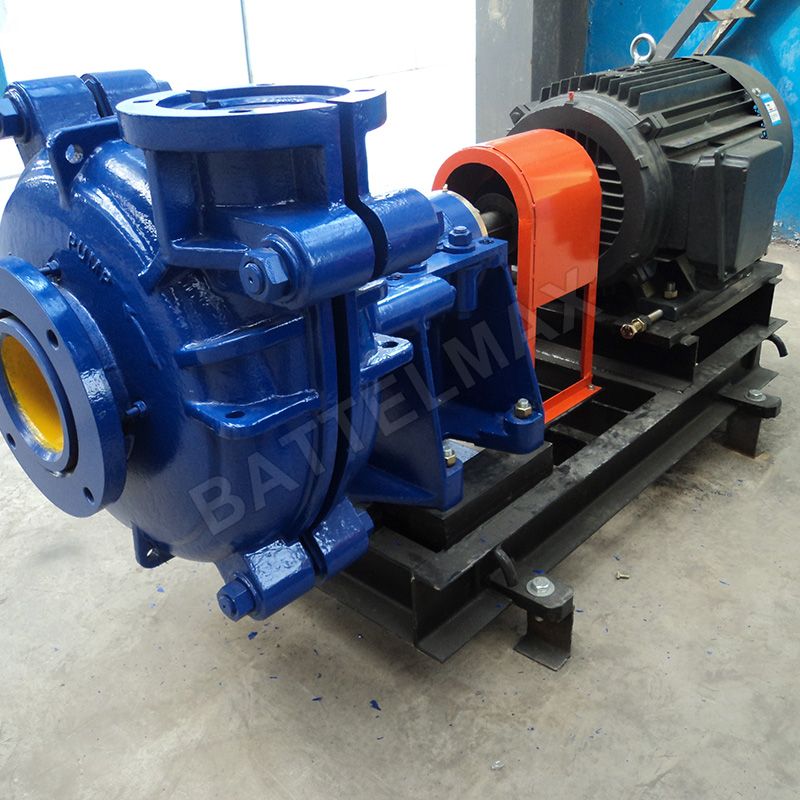
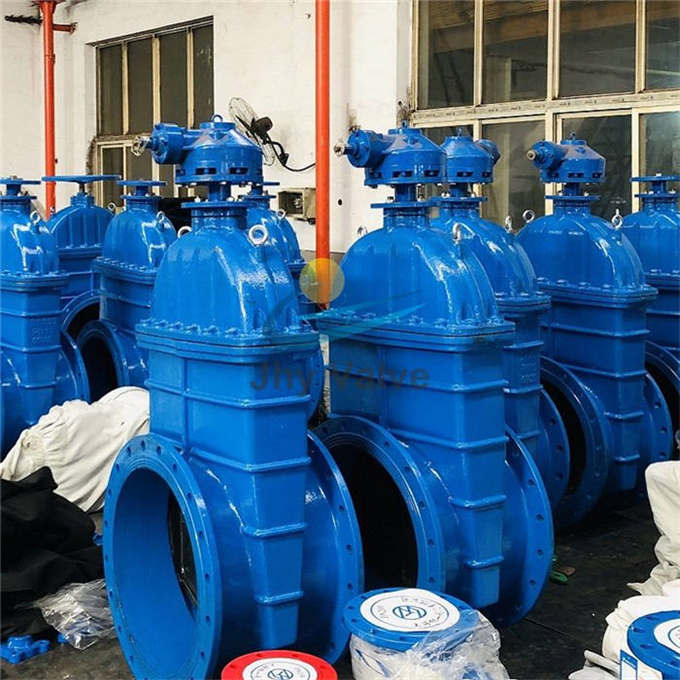
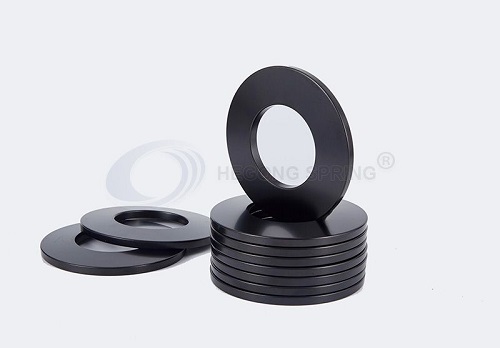
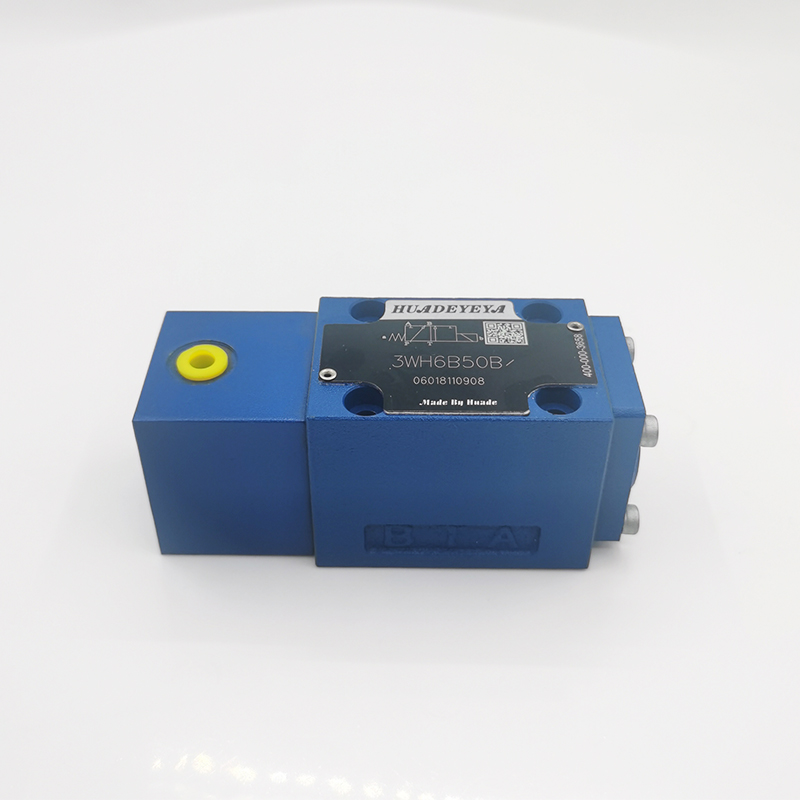
Comments
0